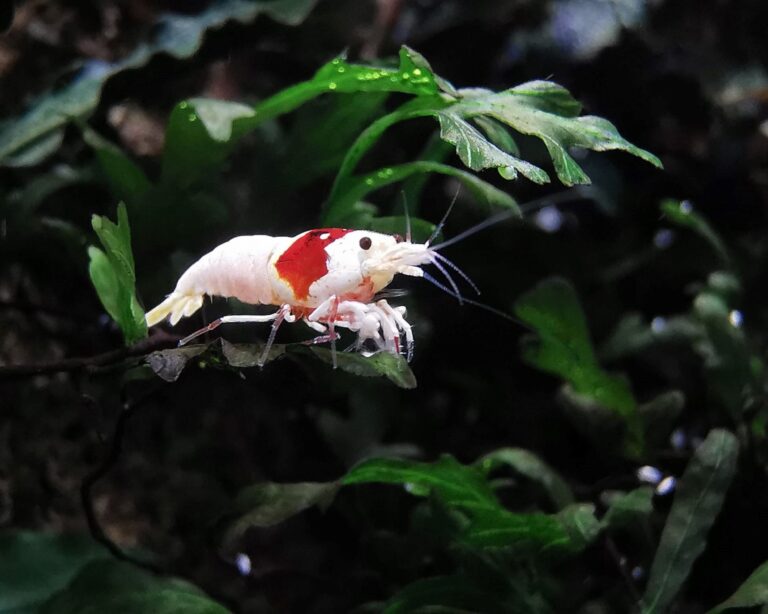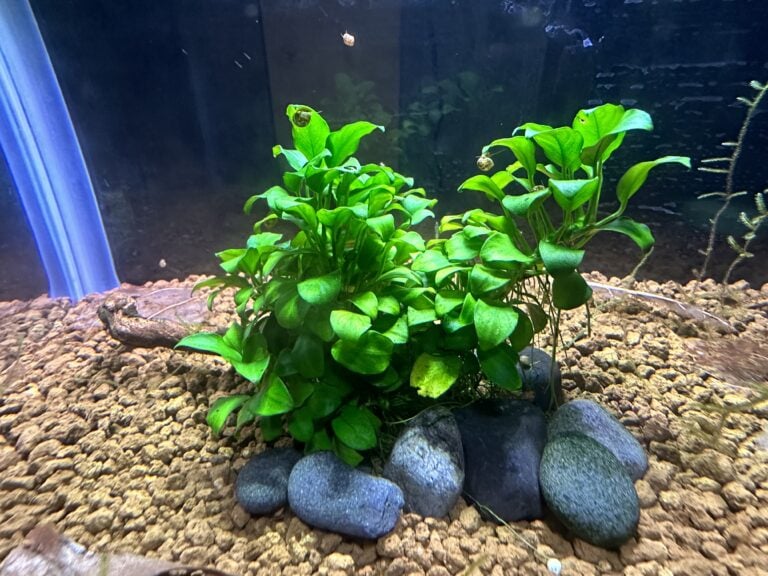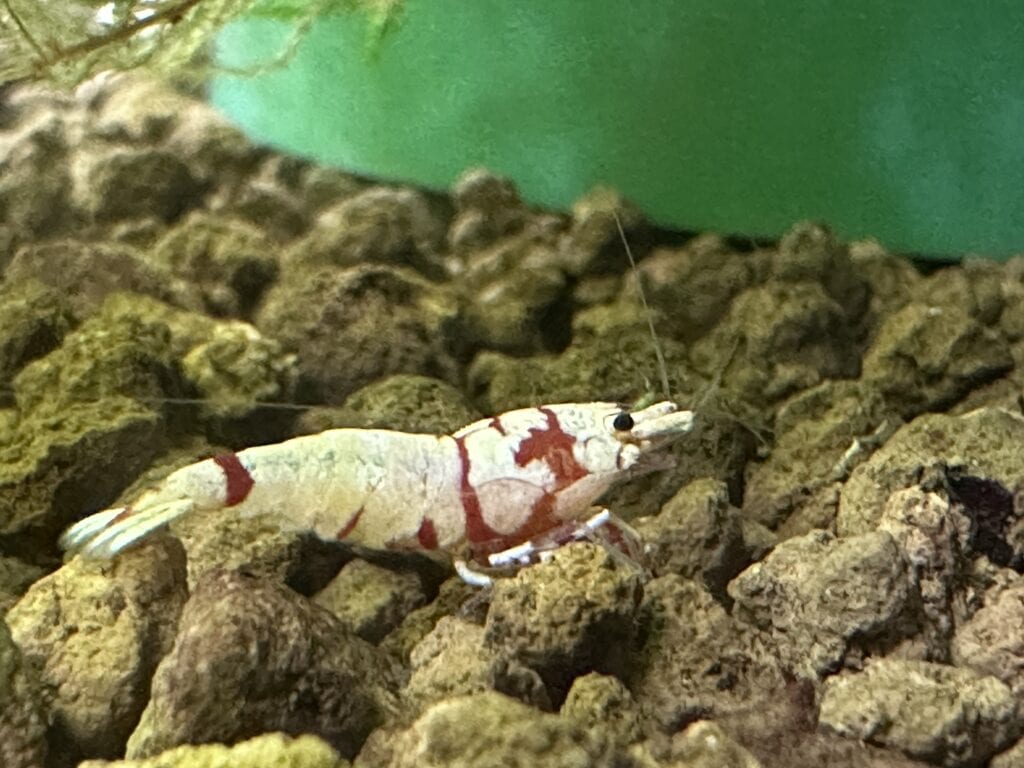
Creating the Simple Caridina Shrimp Tank
Quick Search
The Tank
One of the perks to keeping Caridina Shrimp is that they do not require a large amount of space. Some would argue that more space is always better because keeping the water parameters steady is easier. However, it seems that shrimp feel safe in larger numbers and large tanks can be difficult to stock properly. Also, the PH level is important to keep low and it can be hard to do so with a large aquarium. I would recommend a ten-gallon or a twenty-gallon long aquarium to start.
The Water
Water may be the most important part of keeping Caridina Shrimp. The easiest way to start your shrimp tank is with RO water. This will allow you to start with water that will not hurt your PH buffering soil, which will be covered in the next step. Distilled water can work as well as long as the TDS (Total Dissolved Solids) is close to 0.
You will want to be sure to add some minerals to the RO water in order to bring it to about 110 TDS. There are multiple products that can do this but Salty Shrimp GH+ is one of the most popular. Be sure not to use any remineralizers that have KH+ as this will bring the PH down and weaken your buffering soil.
When it comes to water temperatures, they generally will not require a heater in the tank. Cooler water is fine for Caridina shrimp. In fact it is wise to not bring the temperature too high. Keep your water from the mid 60s to the mid 70s and keep it steady.

The Soil
In order to have success with breeding you must keep the PH low. You will want a PH of about 5.5-6. If you do not naturally have soft water, the easiest way to buffer the PH down is to use buffering aquarium soil. There are multiple brands that can work. Amazonia soil and Brightwell Aquatics Rio Cafe are both good choices.
Another great choice is akadama soil. If you go with the akadma soil, realize it is marketed for the bonzai industry. All soils will have a life span in which they will work to bring the PH down. All soils are different but generally it is wise to check on a regular basis to see if the soil needs to be changed.
The Filtration
It is best to keep filtration simple with low flow in your shrimp tank. The easiest choice would be either to use a sponge filter or a matten filter. Both can be run with a simple air pump.

The Plants
Any aquarium plant will work for shrimp. I highly recommend having some in the tank to help with balancing the aquarium. Some other benefits to keeping plants with your shrimp are, helping the tank cycle by introducing beneficial bacteria and providing hiding places for the baby shrimp. Java moss is a great choice for creating grazing areas for shrimp.
The Waiting
The last and final step to setting up your shrimp tank is waiting. We all hate to wait but it is very important for shrimp to be added to a well-established and balanced aquarium. You will want to give your tank a chance to balance and establish itself over about a month or more before adding shrimp. Adding a little bit of fish food is a good practice to help the tank establish by providing food for the different bacteria and algae that grow. You do not need to add much. A few pinches will suffice. When your waiting has ended you can change some water and clean up any leftover food.
The Enjoying Part
Once the waiting is done and you have bought your shrimp, be sure to slowly acclimate your new shrimp to the tank. Then add shrimp and enjoy!
Conclusion
If you are wanting to keep these amazing creatures, I hope this has helped you to simplify what you need. Here is the list again: choose a tank, add proper water, add proper soil, add a filter, add some plants, and then wait. T
here are many people who may do things a little differently because of their water or where they get their shrimp. One of the great parts about this hobby is that we are always learning and trying new things. This process is what I find to be the most simple and easy path to follow for me. Thanks for reading.
